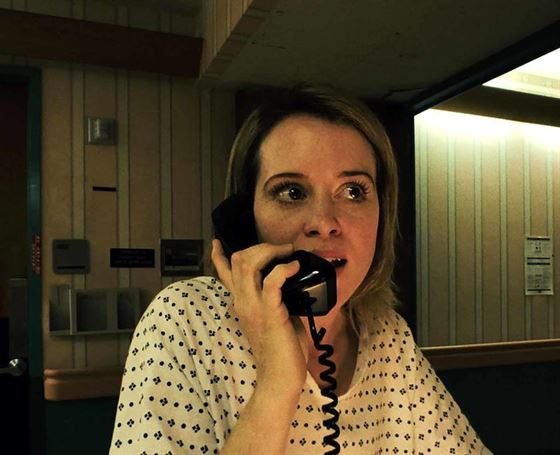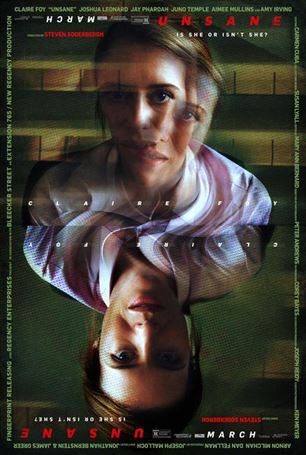Director Steven Soderbergh’s new film “Unsane” takes scary flicks to new heights with the use of technology. Creatively shot exclusively with iPhones, the film tells the insane tale of a woman thrown into a mental hospital just because she unintentionally signed paperwork that gave the ward permission to put her there.
Using the iPhone’s camera was a unique way to shoot the film. The fact that an iPhone might not be the best device to shoot a full-length film on made the audience feel like they were watching something they should not be. The director of photography easily maneuvered the camera anywhere he wanted, which ultimately was a unique approach that intensified the fear level within the film.
Actress Claire Foy, most recognizable for her role in Netflix’s “The Crown,” plays Sawyer Valentini, the new arrival at the psychiatric hospital. While dealing with other dangerous patients, being forced to take drugs and battling with her supposed stalker, her performance is fantastic. Her British accent slipped out on occasion, but she brought the character to life by making the audience wonder whether she was delusional.
Jay Pharoah played Nate, Sawyer’s only friend in the madhouse. His performance made his character the most likeable person in the film. He helped Sawyer and other patients by allowing them to vent and was in the hospital for a reason no one expected. Pharoah’s performance was memorable. Audiences are able to feel safe whenever his character is on screen.
Joshua Leonard played two characters — Andrew, a shy worker at the hospital, and David, Sawyer’s stalker. Leonard was the breakout performance in “Unsane.” While his performance as Andrew made audiences feel sorry for a man who is violent toward Sawyer, Leonard’s portrayal as David was like a nightmare brought to life. One minute he could be crying and the next, he could be snapping your neck. The role proved Leonard to be a versatile actor.
The rest of the supporting cast does a good job. However, there was only one standout — Juno Temple who played Violet. She was a strange, creepy and mean patient in the hospital. But at the end of the film, viewers could feel sympathy toward her.
While most of the music in the film is tolerable, the main theme is annoying. It’s too upbeat for a film so serious and was played too often. If it was only played once, then it would have been acceptable.
The film’s ending was also a letdown. No fade to black or haunting final shot. It concluded on a freeze frame. While it does wrap everything up, the main problem with it was the fact that it ended too abruptly, leaving questions unanswered.
Overall, “Unsane” is a film that ditches the Hollywood system of big cameras and simple stories for something more complex. However, it has its problems when it comes to writing, its conclusion and score. Perhaps a slightly better script could have made this film more successful.
Because of its issues, “Unsane” will be known as the experiment that almost succeeded.




